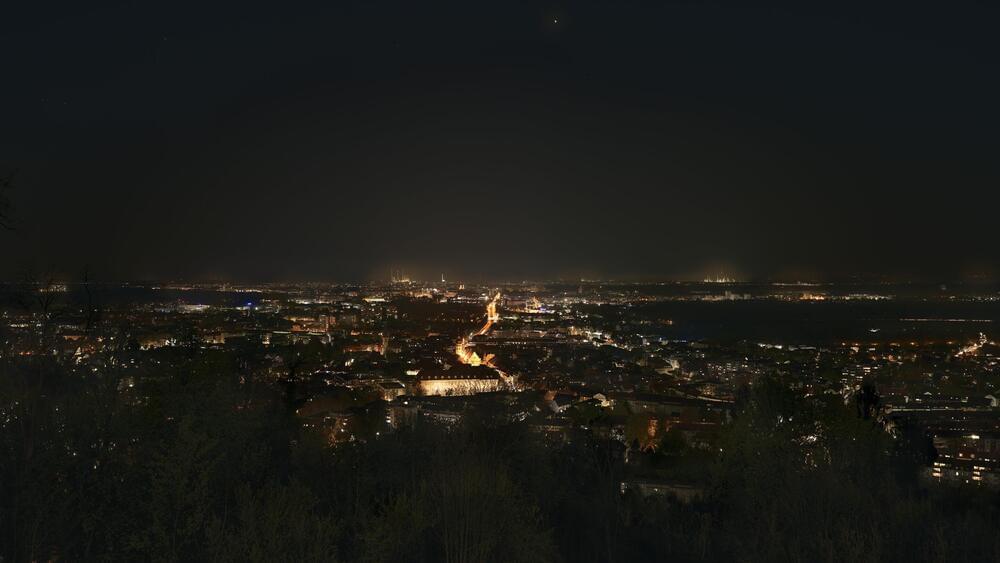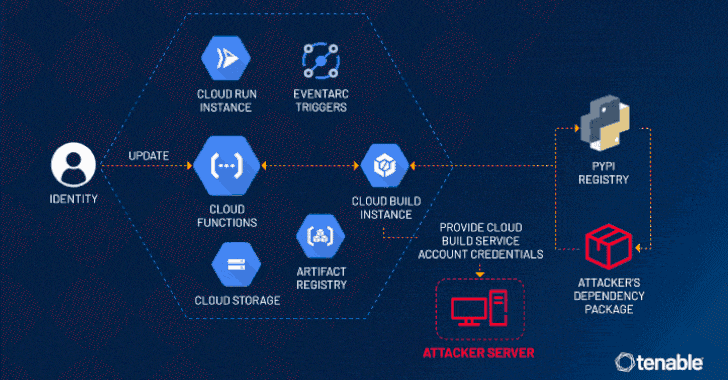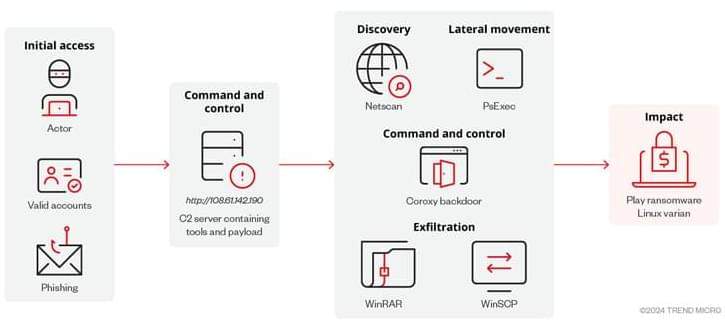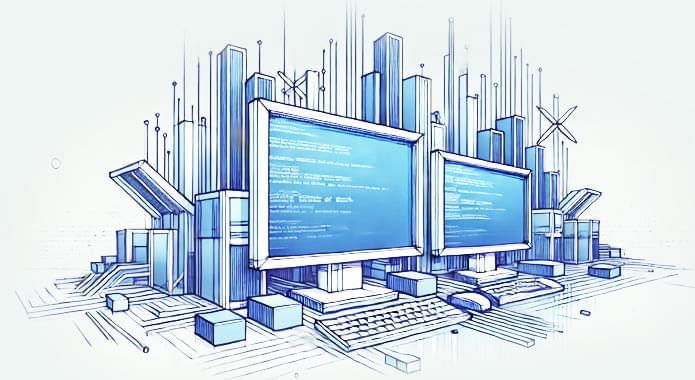Local decentralized energy systems, known as microgrids, can make urban infrastructures more resilient and reduce risks for the population, for example, in large-scale power outages due to natural hazards or cyberattacks.
In Nature Sustainability researchers from Karlsruhe Institute of Technology (KIT) present design criteria for microgrids that allow for fair treatment of different social groups alongside technical factors. The study shows how cities can shape the transformation towards a secure and more sustainable and equitable energy supply.
Climate change increases the probability of extreme events, as we have seen during the massive flooding of large parts of southern Germany in June. The question of how cities and municipalities can make power supply more resilient and more secure in the face of such crises is bringing so-called microgrids into focus.









